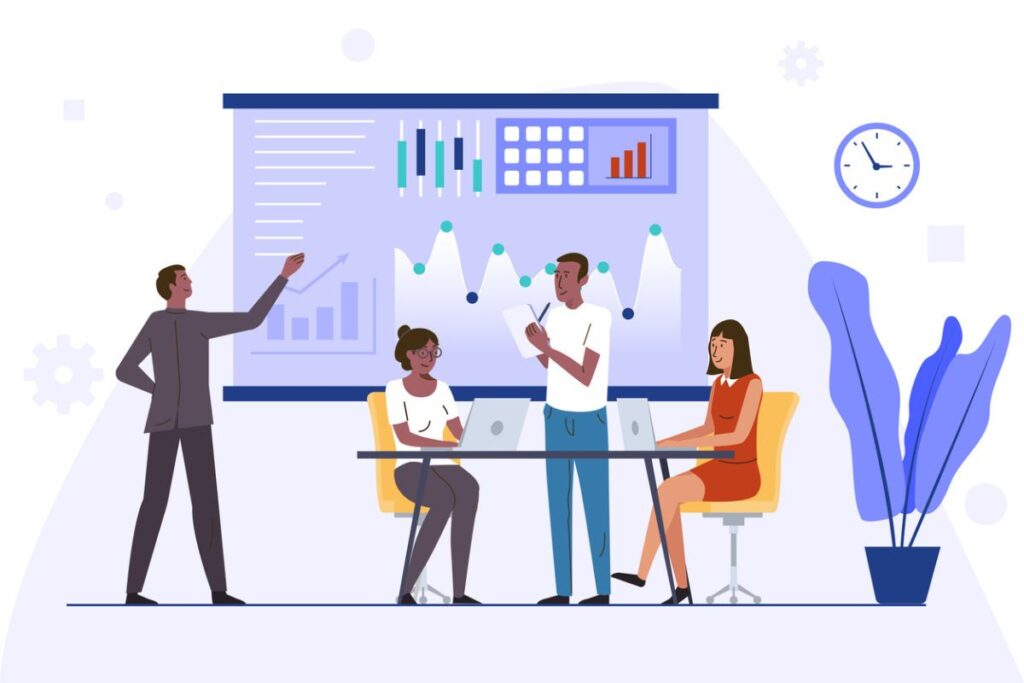Summary: L&D leaders are called to navigate new technologies and trends while under pressure to provide certainty. Remaining adaptable, methodical in evaluation, active in peer conversations, and focused on employee impact leads to truly effective learning solutions that advance organizational goals.
Flexible Leadership in Uncertain Moments
Adaptability underpins successful leadership in learning and development. The introduction of new technology—whether artificial intelligence, digital platforms, or evolving methodologies—can prompt uncertainty and apprehension. Many learning leaders feel compelled to have every answer established before standing in front of a team, briefing an executive, or equipping trainers. However, expecting absolute certainty before moving forward can delay essential progress and create unnecessary stress.
Accepting that you may only need to be several steps ahead is both realistic and powerful. Flexibility is not about chasing every technological advance, but about maintaining an open mind as conditions and workplace needs shift. When faced with the unfamiliar, practicing patience—and resisting the urge to rush decisions—creates space for more effective exploration. Give yourself room to learn as you go. Acknowledge that discomfort can signal a chance for growth. Flexibility allows for better responses to unanticipated shifts and equips you to support your teams with confidence, even when conditions change quickly.
Thoughtful Evaluation Over Haste
Every new platform, workflow, or process holds promise, but quick implementation without proper evaluation can add unnecessary administrative layers or result in unused tools. Moving forward with thoughtful analysis is crucial. When considering any new solution, pause to gather a full perspective. This includes weighing organizational goals, available resources, and the impact on existing processes and culture.
Avoid being swept up by industry hype or trends that do not align with your needs. Instead, examine how a solution fits with your organization and objectives. Gather insights from multiple stakeholders. Ask practical questions: Does this technology align with current business goals? Will it simplify the experience for users, or add complexity? What gaps, if any, does it fill?
Taking time to evaluate thoroughly will help keep your organization focused and your programs effective. A rushed rollout, no matter how advanced the technology or attractive its features, risks becoming just another system employees struggle to use. Focusing on real, practical outcomes ensures that new implementations contribute meaningfully instead of adding to a disconnected landscape of tools.
When dealing with complex solutions or artificial intelligence, the urge to “keep up” can be particularly strong. Resist following the newest technology simply for its own sake. Instead, anchor your decisions in careful consideration of organizational context and long-term impact. Remember: a tool that fits your neighbor’s organization may not fit yours. Protecting your team from unnecessary change fatigue starts with thoughtful scrutiny and a clear-eyed view of your real priorities.
Drawing on Peer Networks and Shared Experience
When applying L&D in your organization it is vital to stay connected with peers to share experiences. Regularly engage your professional network for authentic dialogue and shared learning. These exchanges bring invaluable real-world perspectives that cannot be found in marketing materials or vendor demonstrations.
Ask your peers what they are experiencing, how they are interpreting new trends, and what practical challenges or wins have surfaced in their organizations. This learning loop supports a more nuanced understanding of the obstacles and successes linked to new technology adoption. When decisions feel overwhelming or fast-paced, leaning on your network adds a layer of assurance and context.
These relationships can also save valuable time and resources by providing front-line feedback—what worked, what faltered, and what unintended consequences appeared after implementation. Discussing new processes, platforms, or approaches helps clarify which trends are broadly relevant and which are less applicable. Drawing on collective wisdom strengthens your evaluations, expands your perspective, and helps you avoid isolated decision-making.
Peer insight also reinforces that every organization moves at its own speed. There is no universal playbook; listening to the lived experiences of others can provide reassurance when progress feels incremental or ambiguous. A robust network of L&D professionals keeps you informed, supported, and better equipped to navigate uncertainty.
Employee Experience as Priority
Every technology, program, or workflow invariably affects the people at the center of your learning ecosystem. Decisions made around adoption and rollout are not merely technical or procedural—they shape employee morale, engagement, and performance. When assessing a new solution, ask direct questions about its impact on its users’ daily routines.
Consider the risk of adding unnecessary administration that further burdens already stretched teams. Could this new process be perceived as just another platform to log into, rather than a help in their workflow? If so, pause to reconsider. Programs that fail to gain traction often do so because they overlook the realities and needs of those expected to engage with them.
The most effective way to validate alignment is to seek feedback from the users themselves. Listen to employees’ perspectives. Look for signals—enthusiasm, resistance, confusion—that highlight whether a solution will be welcomed or resisted. Early and honest dialogue with participants ensures solutions are both usable and valuable, preventing disappointing launches and poor adoption rates.
Actual program impact lies in encouraging an inclusive and supportive environment where employees’ experiences and concerns are heard and acted upon. When you prioritize their experience, you not only increase the chances of long-term engagement but also strengthen the credibility of your L&D function within the organization.
Lasting learning initiatives result from ongoing evaluation and strong internal partnership. When you combine flexibility, careful assessment, peer insight, and sincere care for your people, L&D initiatives are positioned to deliver meaningful value that resonates throughout your organization.

